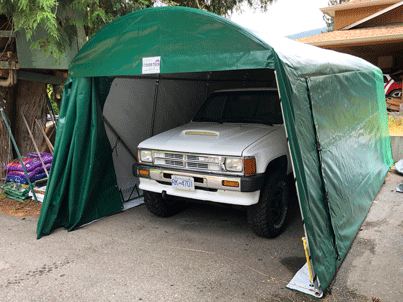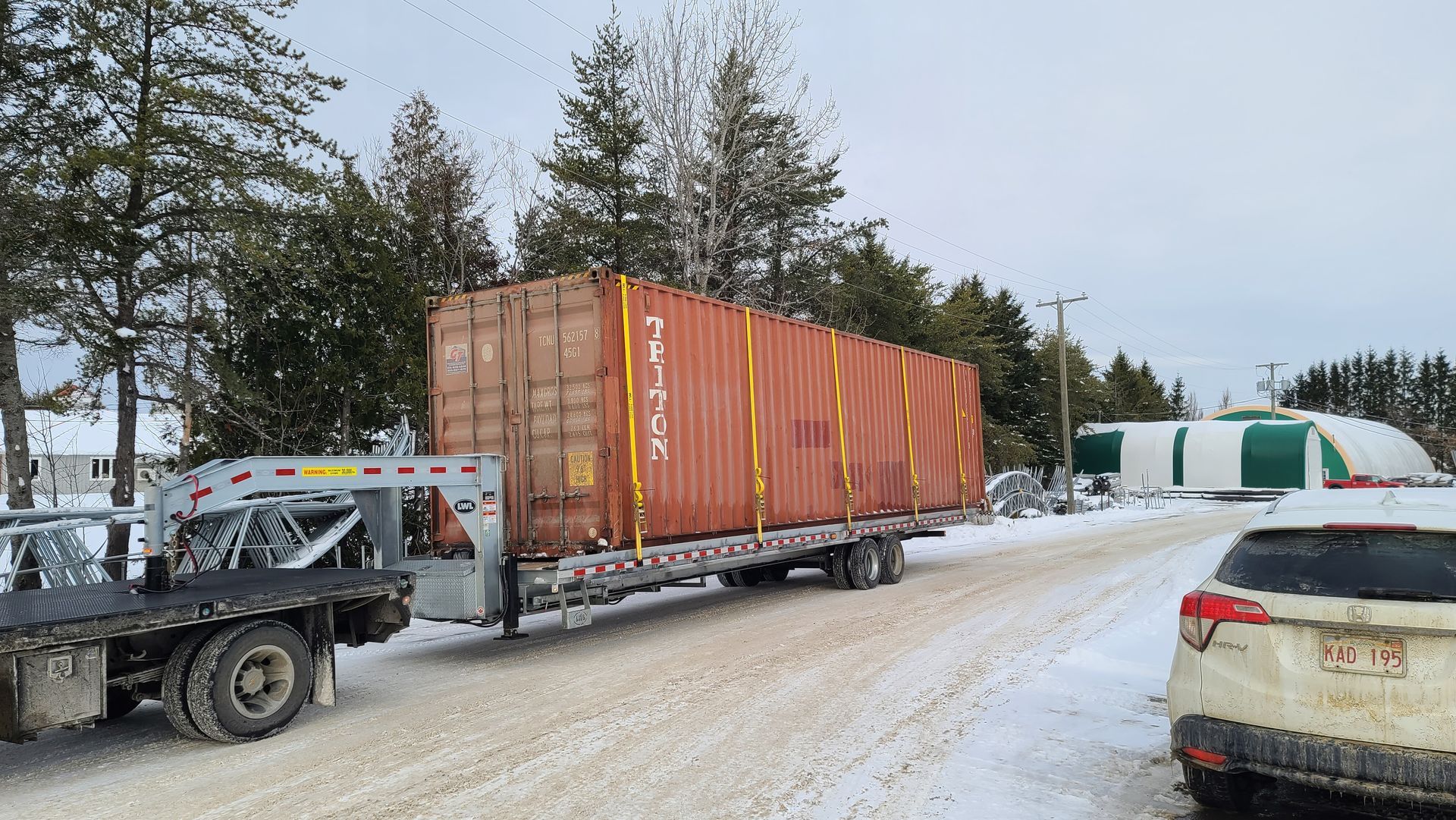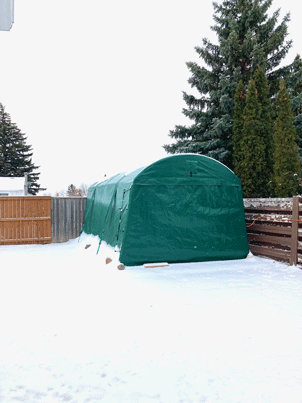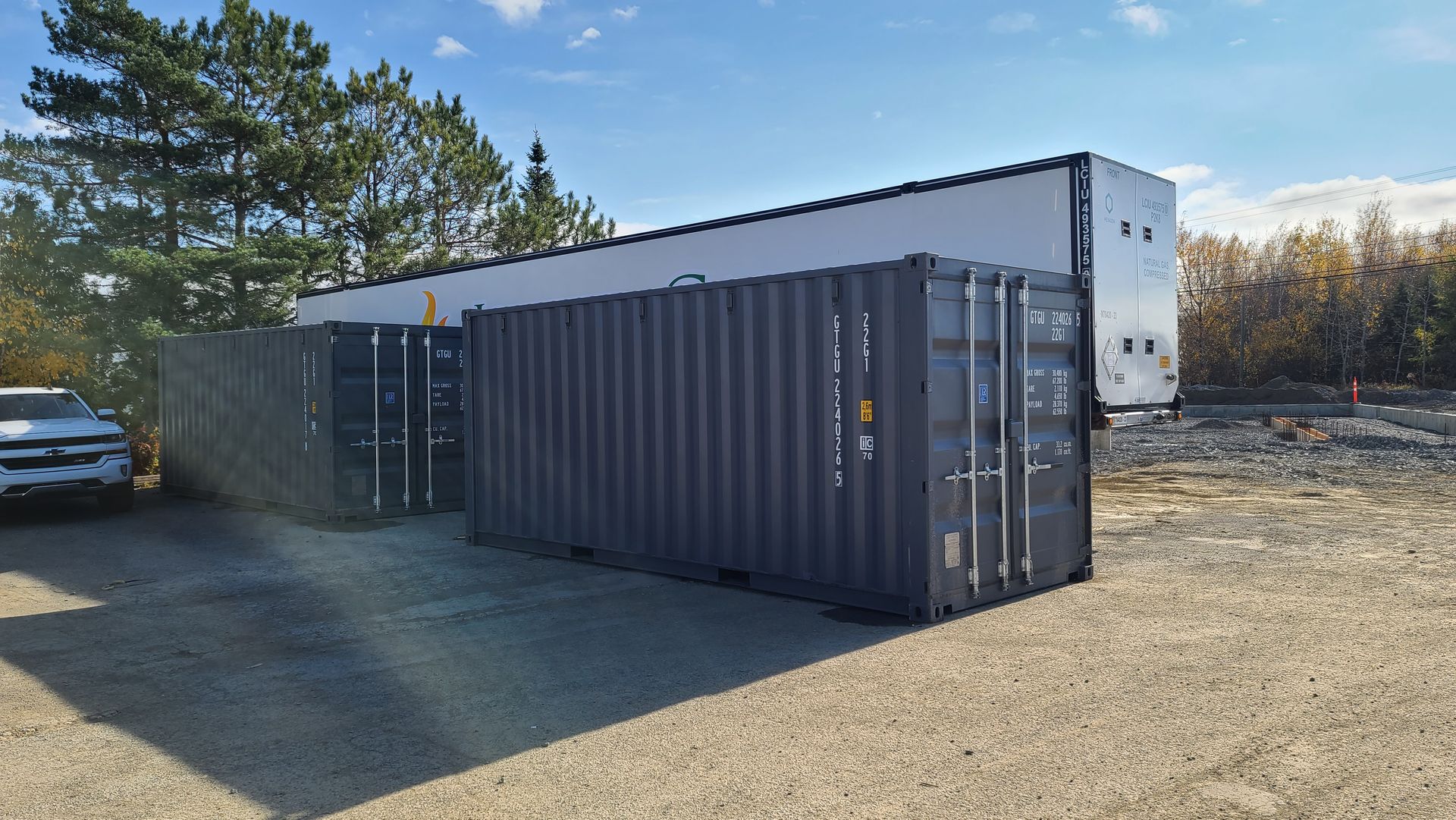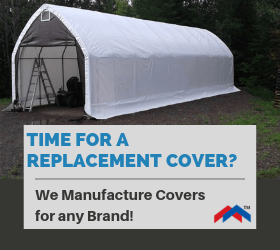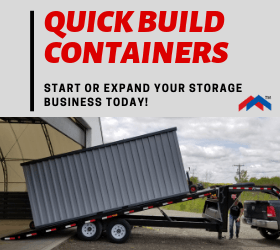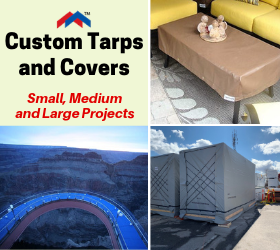Why Fabric Buildings Are the Best Choice for Industrial Structures
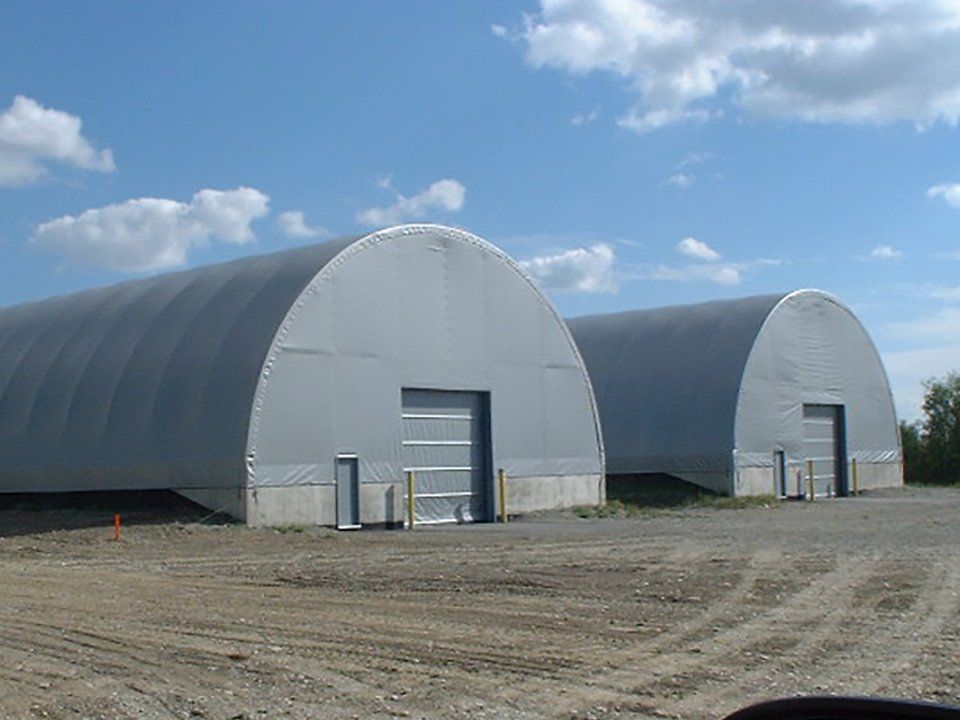
Traditionally, steel and wood buildings are the topmost choices for warehousing, manufacturing, and other industrial facilities. However, intelligent engineering used for making fabric structures has made them an extraordinary choice for all sorts of industrial structures.
Here are the reasons why fabric building should be chosen as your next industrial structure.
- Fabric structures have various applications
Generally, fabric buildings are highly customizable. In other words, they can be designed the way you want them. All thanks to the fact that they can be made with various peak heights, column heights, roof pitches, and other dimensions. As a result of this, intelligent engineering can be used for making varying fabric structures that are good for different applications. So, when you need industrial structures for mining operations, aerospace projects, and industrial equipment storage, fabric structures can come in handy.
In addition, most fabric structures come with steel frames that are often used for supporting other structural elements. The structural elements that they can support include heavy lighting equipment, conveyors, cranes, hangar doors, heating, and cooling systems, and fire suppression systems.
- Fabric structures are durable
When choosing industrial structures, durability is one of the most important factors that most companies usually consider. This is because no company wants to waste money on industrial buildings that they have to change after a few years. As long as the durability is concerned, fabric structures are some of the best options you have.
These structures are often made with an array of fabrics such as PVC and polyethylene. These materials are resistant to tearing. Therefore, you don’t have to bother about any accidental knifing or tearing that any careless worker may do. In fact, it will require lots of intentional, time-consuming effort before anyone can cut the tough fabric used for making these fabric buildings.
Besides, these fabrics can be repaired. So, if they have any issues, you can get specialists to help you repair the damaged fabric structures.
- Fabric buildings have several structure size and flexibility ranges
Fabric structures are usually available in several ranges. For instance, COVER-TECH dome fabric buildings come in sizes of 36’, 40’, 50’, 55’, 60’, 62', 72', and 80' widths by any length. They can also be manufactured in any height and length depending on their application. As a result of the structure size and flexibility of fabric structures, they are usually utilized for corrosive storage where steel and wooden structures may not be useful.
However, several other industrials are now using fabric buildings due to its massive advantages. The aviation industry, agriculture and farming sector, government, indoor sports sector, and lots of more are taking advantage of this flexibility in sizes.
- Fabric structures have excellent longevity
Longevity is another benefit of fabric buildings. When engineered and manufactured properly, a fabric structure can last for at least 20 years. With the help of the right coatings, the lifespan may increase to about 30 years. This shows that fabric buildings can be the long-lasting solutions you need for all sorts of industrial activities.
To guarantee this longevity, you need to ensure proper tension horizontally and vertically. Apart from its high-quality fabric and steel framing, the COVER-TECH fabric structure features a great attachment that will make sure the building is tensioned properly. As a result of this, you can rest assured that your fabric structure will last for several decades.
- Fabric structures are energy efficient
When compared to concrete, wood, or steel structures, fabric buildings don’t require lots of heating and cooling. This is because of the energy-efficiency of fabric structures. Hence, you will not have to spend lots of money on using and maintaining the heating and cooling system for your fabric structures.
Various factors are responsible for the energy efficiency of the fabric. Foremost, fabrics are non-conductive. Hence, the fabric will not retain the heat derived from the sunlight. Consequently, the interior of a fabric structure will be warmer during cooler periods and cooler during hot times.
The second factor is the translucency of the fabric roofs which enables natural light to come into the building. Therefore, during the day, you don’t need artificial light to use the structure. This can play a key role in reducing your energy costs.
- Fabric structures are recyclable and sustainable
Nowadays, many industries are shifting towards using environmentally friendly materials for their industrial activities. If you are looking for ecofriendly industrial buildings, fabric structures should be some of your topmost choices because they are sustainable and recyclable. The majority of the materials used for making these buildings can be utilized for creating other products. Resultantly, you don’t have to discard your fabric structure when it completes its lifecycle. All you have to do is to turn it into another product.
Similarly, the polyethylene materials utilized for manufacturing COVER-TECH fabric buildings are known to be a low toxin-emitting building fabric. Therefore, toxin emission from your industrial structure will not be an issue.
- Fabric structures are easy to set up and relocate to different foundations
When compared to the traditional industrial structures, fabric structures are about three times faster to install. So, you don’t have to waste time on installation as everything can be done quickly. If you have all the required materials, you can build your fabric structures within one or two weeks.
Additionally, these structures can be easily and quickly dissembled, rolled up, and moved to another location when necessary. Therefore, you can use fabric buildings as either temporary or permanent industrial building solutions.
For proper installation, steel structures need .04 to .07 man-hours per square foot. Comparatively, you can install a typical fabric structure with only .02 to .03 man-hours per square foot. This reaffirms that setting up fabric buildings is safer and quicker than conventional alternatives.
Also, you can install a fabric building on various foundations that can be used for the installation of metal industrial buildings. This is because of the similarity in their seismic, snow, and wind loads. Therefore, you can install your fabric structures on helical, cast-in-place, or precast concrete, screw piles, and other kinds of foundations.
Considering the various benefits of fabric buildings mentioned above, you should get one now to take your industrial activities to the next level. If you need a high-quality, durable, and reliable fabric building, you should go for COVER-TECH fabric structure. COVER-TECH will engineer this building to suit your specific industrial need.

